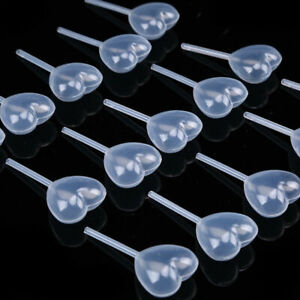Polyethylene is abbreviated as PE, which is a kind of thermoplastic resin made by polymerization of ethylene. In industry, it also includes copolymers of ethylene and a small amount of α-olefin. Polyethylene is odorless, non-toxic, feels like wax, has excellent low temperature resistance (the minimum use temperature can reach -70~-100℃), has good chemical stability, and can withstand most acids and alkalis (not resistant to oxidizing properties) Acid), insoluble in general solvents at room temperature, low water absorption, excellent electrical insulation; but polyethylene is very sensitive to environmental stress (chemical and mechanical effects), and has poor heat aging resistance. The properties of polyethylene vary from species to species, mainly depending on the molecular structure and density. Different production methods can be used to obtain products with different densities (0.91~0.96g/cm3). Polyethylene can be processed by general thermoplastic molding methods (see plastic processing). It has a wide range of uses, mainly used to make films, containers, pipes, monofilaments, wires and cables, daily necessities, etc., and can be used as high-frequency insulating materials for TVs, radars, etc.
Types of PE:
(1) LDPE: low density polyethylene, high pressure polyethylene
(2) LLDPE: linear low density polyethylene
(3) MDPE: medium density polyethylene, bimodal resin
(4) HDPE: high density polyethylene, low pressure polyethylene
(5) UHMWPE: Ultra-high molecular weight polyethylene
(6) Modified polyethylene: CPE, cross-linked polyethylene (PEX)
(7) Ethylene copolymer: ethylene-propylene copolymer (plastic), EVA, ethylene-butene copolymer, ethylene-other olefin (such as octene POE, cyclic olefin) copolymer, ethylene-unsaturated ester copolymer ( EAA, EMAA, EEA, EMA, EMMA, EMAH
Our pipette is made of HDPE material
Post time: Sep-14-2021

